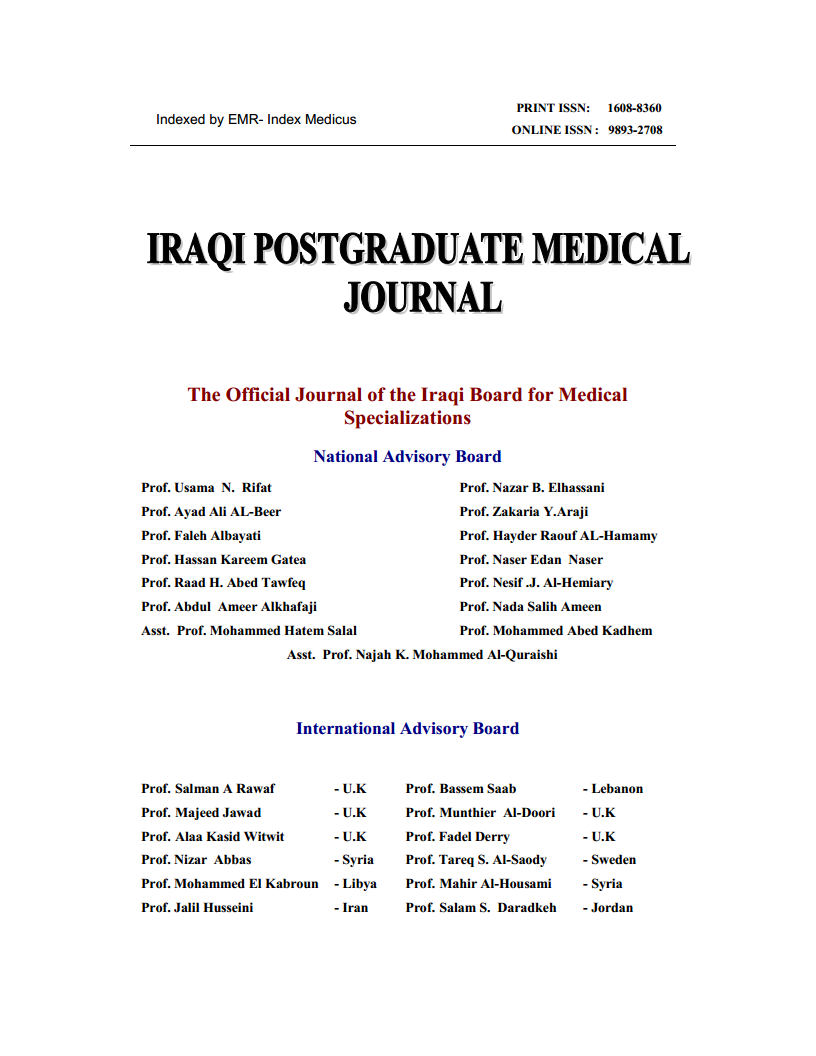Abstract
ABSTRACT:
OBJECTIVE:
The aim of the study is to evaluate the role of both the flexible and the rigid bronchoscopy in the diagnosis of
carcinoma of the lung according to our present experience.
METHODS:
192 cases of carcinoma of the lung in whom diagnosis was established histopathologically or cytologically
and for whom bronchoscopy, rigid or flexible was performed to establish diagnosis or to assess
operability, have been studied.
RESULTS:
Out of the 104 patients examined by flexible bronchoscopy, histopathological or cytological diagnosis was
established in 72 patients (69.23%). Intrabroncheal tumor was visualized in 52 patients (50%). Biopsy was
taken in 49 out of these 52 patients and was positive in 43 patients (87.75%).
Out of the 88 patients examined with rigid bronchoscopy histopathological or cytological diagnosis was
established in 62 patients (70.45%). Intrabroncheal tumor was visualized in 40 patients (45.45%). Biopsy
was taken in all these 40 patients and it was positive in 39 patients (97.5%).
CONCLUSION:
The study showed that the two modalities of bronchoscopy were safe and almost with the same diagnostic
capability, with the flexible bronchoscopy having more extended scope of vision while the rigid one
having better and more accurate biopsies.
OBJECTIVE:
The aim of the study is to evaluate the role of both the flexible and the rigid bronchoscopy in the diagnosis of
carcinoma of the lung according to our present experience.
METHODS:
192 cases of carcinoma of the lung in whom diagnosis was established histopathologically or cytologically
and for whom bronchoscopy, rigid or flexible was performed to establish diagnosis or to assess
operability, have been studied.
RESULTS:
Out of the 104 patients examined by flexible bronchoscopy, histopathological or cytological diagnosis was
established in 72 patients (69.23%). Intrabroncheal tumor was visualized in 52 patients (50%). Biopsy was
taken in 49 out of these 52 patients and was positive in 43 patients (87.75%).
Out of the 88 patients examined with rigid bronchoscopy histopathological or cytological diagnosis was
established in 62 patients (70.45%). Intrabroncheal tumor was visualized in 40 patients (45.45%). Biopsy
was taken in all these 40 patients and it was positive in 39 patients (97.5%).
CONCLUSION:
The study showed that the two modalities of bronchoscopy were safe and almost with the same diagnostic
capability, with the flexible bronchoscopy having more extended scope of vision while the rigid one
having better and more accurate biopsies.
Keywords
Bronchoscopy
carcinoma of the lung
flexible bronchoscopy
rigid bronchoscopy
